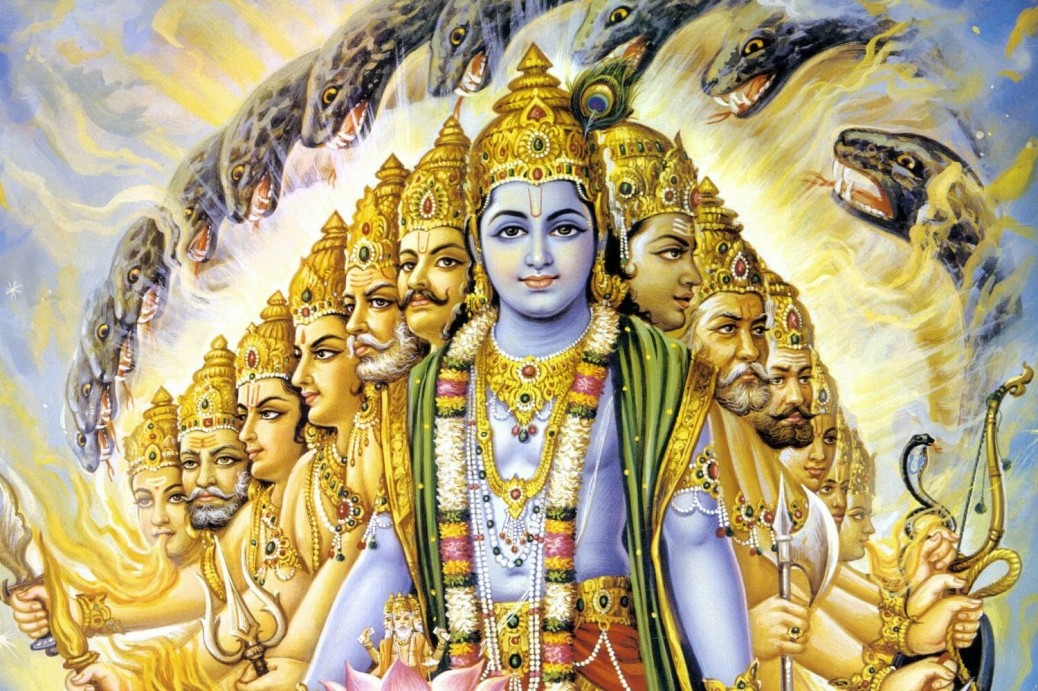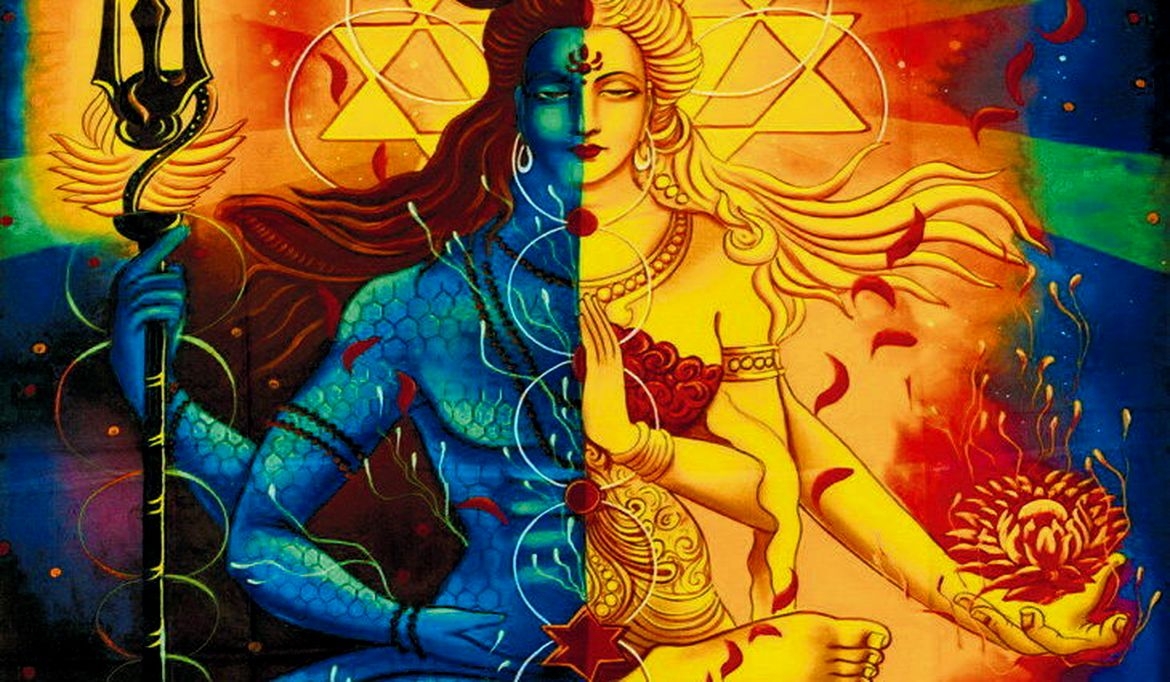Self-Remembering – In Gita Verse 1.4 Duryodhana said “Here in this army are many heroic bowmen equal in fighting skills to Bhīma and Arjuna: great fighters like Yuyudhāna, Virāṭa and Drupada.”
In Bhagavad Gita Verse 1.4 is pivotal as it underscores the valour and prowess of the warriors in the Pandava army. According to Duryodhana, the Pandava army comprises brave and skilled archers who are on par with Bhīma and Arjuna. Among these warriors are Yuyudhāna, Virāṭa, and Maharathi Drupada.
Duryodhana conveys this information to Dronacharya, emphasising the formidable nature of the Pandava forces. It is noteworthy that Duryodhana begins his discourse by acknowledging the strength of the enemy rather than criticising them. This approach is symbolic and deviates from the conventional method of initiating a conversation with self-praise. Despite his flaws, Duryodhana does not suffer from an inferiority complex. This confidence allows him to recognise the capabilities of his adversaries openly.
The anxiety Duryodhana feels makes the Pandava army appear larger and more intimidating than it actually is. He had not anticipated that his opponents would assemble an army with such exceptional military prowess. Driven by fear of the impending conflict, he starts listing the names of the mahārathīs (warriors of immense strength) on the Pandava side. These warriors are not only exceptional heroes but also great military commanders, comparable to his cousins Arjuna and Bhīma in valour.
A strategic approach would typically involve motivating and strengthening one’s team by highlighting their strengths. Instead of focusing on the opposition’s capabilities, Duryodhana could have begun by emphasising the strengths of his own army, such as Bhishma and Karna, who are equally heroic. By prioritising and acknowledging the valour of Bhīma, Arjuna, Yuyudhāna, Virāṭa, and Drupada, Duryodhana inadvertently shifts the focus and energy towards them.
This scenario underscores the importance of self-remembering and maintaining a balanced perspective. Self-remembering involves being aware of both the external environment and one’s internal state. It is a practice rooted in Patanjali’s teachings, emphasising the need for a double-pointed awareness – one that is conscious of both the self and the surroundings.
Self-remembering is not about verbal repetition but about maintaining a non-verbal awareness of one’s actions and existence. It is the consciousness of the self, distinct from self-consciousness or ego. This practice ensures that one remains centred and aware, regardless of external circumstances.
Ordinarily, consciousness tends to be directed outward toward objects or inward toward the self. However, self-remembering requires a simultaneous awareness of both the subject and the object. This dual awareness is challenging but essential for achieving a state of transcendence. By maintaining this balance, one becomes a witness to both the external and internal worlds.
Achieving this state of self-remembering can be difficult and may initially create tension. However, trust and love can alleviate this tension, making the practice more manageable. Without trust, the effort to maintain dual awareness can lead to anxiety and unrest. Therefore, cultivating a sense of trust is crucial for successful self-remembering.
Self-remembering is about balancing awareness between the external and internal worlds. It involves being conscious of both the object and the subject, leading to a state of transcendence where one becomes a witness to both. This practice is not only relevant in the context of Duryodhana’s discourse but also in everyday life, where maintaining a balanced perspective can lead to greater clarity and understanding.
By adopting a balanced approach, one can navigate challenges more effectively and avoid the pitfalls of one-sided awareness. Whether in the context of a battlefield or daily life, the practice of self-remembering offers a path to greater self-awareness and inner peace.
That’s why we can do one thing: that’s easy. Go to the monastery, close your eyes, remember yourself, and forget the world. But what are you doing? You have simply reversed the whole process, nothing else. No change. Or, forget these monasteries and these temples and these Masters, and be in the world, enjoy the world. That too is easy. The difficult thing is to be conscious of both. And when you are conscious of both and the energy is simultaneously aware, arrowed in diametrically opposite dimensions, there is a transcendence. You simply become the third: you become the witness of both. And when the third enters, first you try to see the object and yourself. But if you try to see both, gradually you feel something is happening within you – because you are becoming a third: you are between the two, the object and the subject. You are neither the object nor the subject now.
Tags: Self-Remembering




